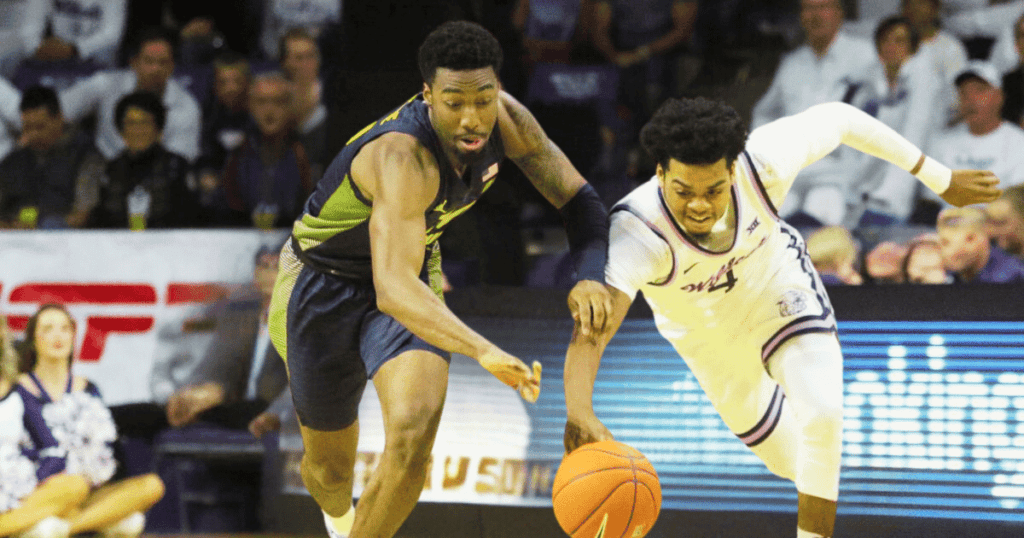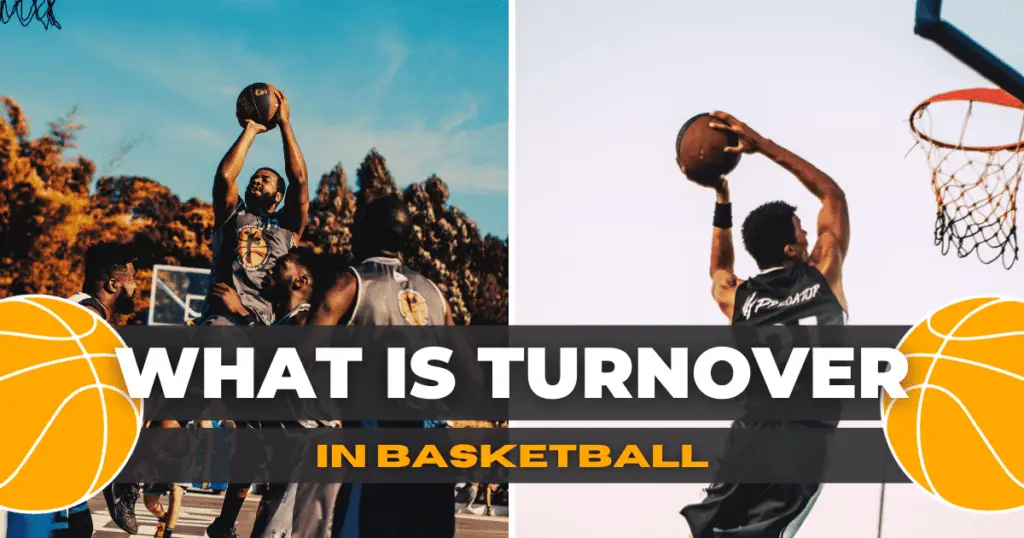Introduction
One key element that can dramatically shift the momentum of a match is the what is a turnover in basketball. In this comprehensive guide, we’ll delve deep into the nuances of What is a turnover in basketball, exploring their definition, various types, causes, and strategies to manage and prevent them. Let’s embark on a journey to demystify the role of turnovers in the game we love.
Defining What is a Turnover in Basketball
A turnover in basketball refers to the loss of possession of the ball to the opposing team. It can occur for a variety of reasons, ranging from mistakes in passing and dribbling to offensive fouls. Turnovers are pivotal moments in a game, often leading to fast-break opportunities for the opposing team and influencing the final outcome.
Types of Turnovers
Understanding the different types of turnovers is essential for players, coaches, and fans alike. There are two main categories: offensive turnovers and defensive turnovers.
Offensive Turnovers
These occur when the team with possession of the ball fails to execute a successful play, resulting in a loss of possession. Common scenarios include errant passes, traveling violations, and offensive fouls.
Defensive Turnovers
Defensive turnovers, on the other hand, happen when the defensive team successfully disrupts the offensive play, leading to a change in possession. Steals, shot clock violations forced by tight defense, and blocked shots are examples of defensive turnovers.
Causes of Turnovers in Basketball
To minimize turnovers, it’s crucial to identify their root causes. Common contributors include poor passing, lack of communication, defensive pressure, and player fatigue. Recognizing these factors enables teams to develop effective strategies to mitigate the risk of turnovers during gameplay.
Turnover Statistics and Analysis
Turnover statistics play a significant role in evaluating a team’s performance. Coaches and analysts closely monitor metrics such as turnover ratio, turnover margin, and points off turnovers. These statistics provide valuable insights into a team’s ball-handling efficiency and overall effectiveness on the court.

Types of Turnovers and Their Impact
Distinguishing between different types of turnovers is essential for a nuanced analysis of gameplay. Understanding the difference between live-ball turnovers and dead-ball turnovers helps teams strategize for both offensive and defensive scenarios.
- Live-Ball Turnovers: These occur when the ball is in play, often leading to fast-break opportunities for the opposing team.
- Dead-Ball Turnovers: These occur when the ball is not in play, such as during a timeout or after a made basket. While less immediately threatening, dead-ball turnovers can still impact a team’s overall performance.
Strategies for Managing and Preventing Turnovers
Successful teams employ various strategies to manage and prevent turnovers effectively. Coaches focus on developing players’ passing and ball handling skills, implementing structured offensive plays, and instilling a strong sense of communication on the court. Moreover, recognizing and countering defensive tactics employed by the opposing team is crucial for minimizing turnovers.
Turnover Rate and Differential
Two key metrics, turnover rate and turnover differential, provide a deeper understanding of a team’s performance. Turnover rate measures the frequency of turnovers per possession, while turnover differential compares the number of turnovers a team creates versus the number it concedes. Positive turnover differentials often correlate with success, indicating a team’s ability to capitalize on opponent mistakes.
Individual Turnover Stats
Analyzing individual player performance is equally important. Identifying players who are more prone to turnovers allows coaches to tailor strategies, provide targeted training, and make informed lineup decisions.
Turnover Records
Most Turnovers in a Single NBA Game
Discover the NBA game where The record for most turnovers in an NBA playoff game was 13, set by James Harden on May 27, 2015 while playing for the Houston Rockets against the Golden State Warriors. Faced unexpected challenges, setting the record for the most turnovers in a single match. This record-breaking game serves as a lesson in resilience, showcasing how teams navigate adversity and bounce back stronger.
Individual Player’s Turnover
Explore the game where The record for the most turnovers in an NBA game is shared by Jason Kidd and John Drew. Kidd committed 14 turnovers against the New York Knicks on November 17, 2000 while playing for the Phoenix Suns. Drew committed 14 turnovers against the New Jersey Nets on March 1, 1978 while playing for the Atlanta Hawks, etched their name into the record books with the most turnovers in a single match. This individual performance sheds light on the pressure elite athletes face, adding depth to the narrative of a player’s journey, resilience, and pursuit of excellence.
Most Turnovers in a Single NBA Season
Delve into the record for the most turnovers in a single NBA season, offering insights into how Houston Rockets navigated the delicate balance between aggressive play, strategic decisions, and success over the course of a demanding season. James Haeden has the most turnovers in a season with 464 turnovers in 2016-17 playing for Houston Rockets.
Turnover Records in NBA Finals
Explore the turnover records set during NBA Finals games was 10 turnovers, where teams and players faced intense pressure. Uncover pivotal plays, game-changing turnovers, and the resilience required to triumph on the grandest stage in basketball.
Team Turnover Records Over a Decade
Analyze the turnover records for the past decades by different players and team include over then 20,000+ turnovers, revealing trends, transformations, and strategic shifts. This concise exploration provides a comprehensive view of a team’s journey in the dynamic landscape of professional basketball.
Improving Turnover Skills
Step 1: Enhance Passing Skills
Encourage players to work on their passing accuracy and decision-making. Engage in passing drills that simulate game scenarios to improve on-court decision-making under pressure.
Step 2: Develop Ball-Handling Proficiency
Ball-handling is a fundamental skill that directly influences turnovers. Regular practice, focusing on dribbling techniques and maintaining control under defensive pressure, is essential.
Step 3: Foster Communication on the Court
Effective communication is key to preventing turnovers. Players should develop a shared understanding of signals, calls, and plays to ensure seamless coordination during the game.
Step 4: Analyze and Learn from Mistakes
Post-game analysis is a valuable tool for improvement. Reviewing turnovers, understanding their causes, and learning from mistakes contribute to continuous player development.
The Impact of Turnovers on Game Outcomes
Turnovers can be game changers, influencing the final score and determining the victor. Teams that effectively manage turnovers often find themselves with a competitive edge, as they capitalize on opportunities while limiting the opponent’s chances.
Conclusion
In the dynamic world of basketball, turnovers are inevitable, but mastering their management is key to success. Coaches, players, and fans alike must appreciate the significance of turnovers and work collaboratively to minimize their impact. By understanding the causes, types, and strategies for preventing turnovers, teams can elevate their gameplay and increase their chances of emerging victorious. Remember, in the fast-paced rhythm of basketball, possession is power. Minimize turnovers, maximize opportunities, and let the game unfold in your favor.
Also Read: NBA Mock Draft 2024
- Thomas Washington Disney - March 13, 2024
- Amina Hachimura - March 1, 2024
- 2K Draft - December 29, 2023


